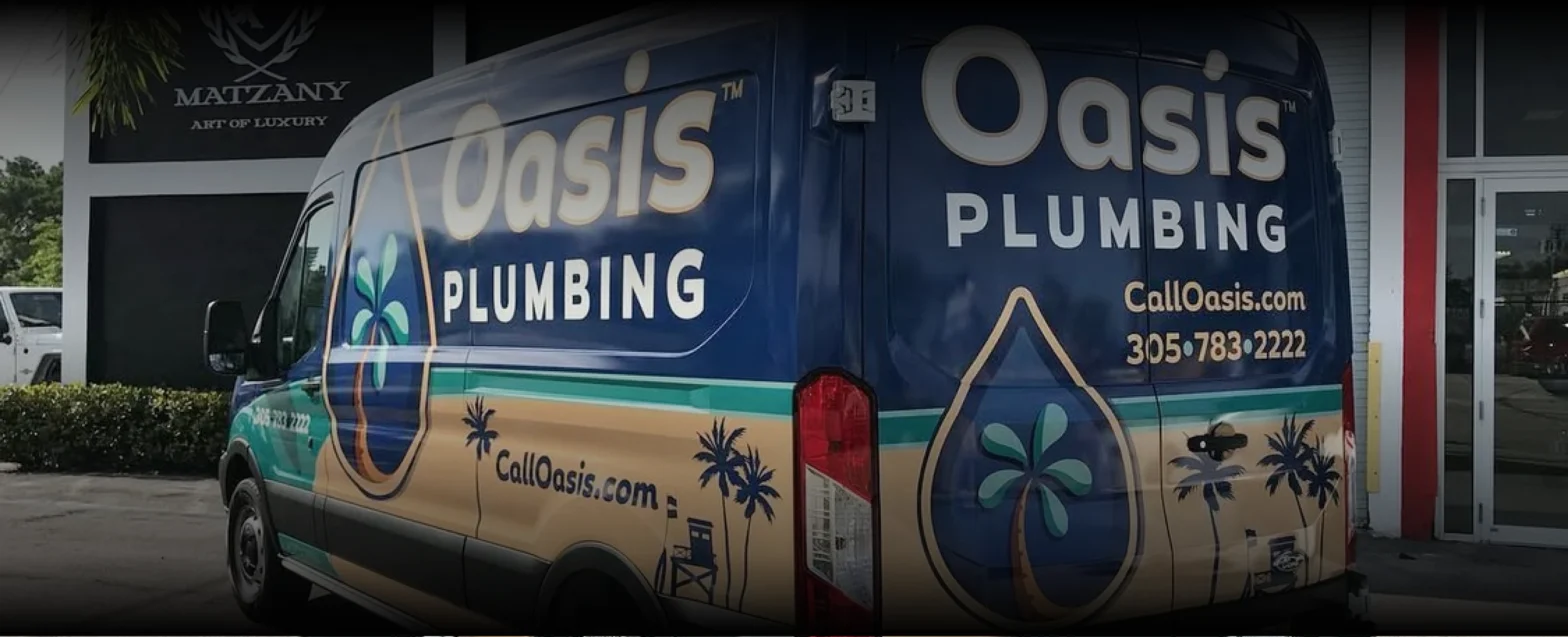Florida is tough on cars. The sun never lets up, highway debris hits your hood constantly, and lovebugs show up like clockwork during certain months. Your car takes a beating here.
Protecting car paint from sun damage isn't just about keeping your car looking good. It's about preventing real damage that costs money to fix later. Two options keep popping up: vinyl wraps and paint protection film.
The difference between ppf and vinyl wrap is simple. Vinyl changes how your car looks. PPF protects your factory paint without changing the color. Both help in Florida, but they do different things.
What Vinyl Wraps Do
Vinyl wraps let you change your car's color and finish. You can pick from thousands of options: matte black, brushed metal, carbon fiber patterns, bright colors, whatever you want. The choices are basically endless.
A wrap also protects your original paint from UV rays and light scratches. Good wraps last 8-10 years if you take care of them. Cheaper ones start looking rough after 3-5 years. Florida sun fades faster than in other states, so quality matters here.
You can take wraps off later without hurting your factory paint. That's useful if you get tired of the color or want to sell the car.

What Paint Protection Film Does
Paint protection film is clear, so it doesn't change your car's color. It just protects the paint underneath. PPF is thicker than vinyl, which means it stops rock chips better. This helps on highways where rocks and debris fly around constantly.
Good PPF has self-healing properties. Small scratches disappear on their own when the film gets warm. It also handles acidic bug splatter during Florida's bug season. Quality PPF comes with 10-year warranties, which matters in a climate that breaks down other materials faster.

Which Cars Get Wrapped or Protected Most?
Both approaches are common in Florida — especially on higher-value vehicles.
Daily Drivers / New Cars
Both options work well on luxury cars, sports cars, and newer models where keeping the appearance matters.
- Tesla owners often choose PPF for the front end to stop rock chips.
- Trucks and SUVs benefit from partial PPF on areas that catch the most debris.
Show Cars / Style Builds
Sports car owners go with full vinyl wraps to create custom looks for shows and events.
- Full color changes
- Unique finishes and textures
- Reversible with no paint damage
Florida Climate Upgrades
Some people go with colored PPF to get both looks and maximum protection.
- Others add ceramic coating on top of either option.
- Ceramic coating makes water bead off, adds scratch resistance, and gives extra UV protection.
- This combo works well in Florida, where how to protect car paint from sun damage is always on people's minds.
Which One Should You Pick?
Your choice between ppf vs wrap depends on what matters most to you. Want to completely change how your car looks? Vinyl gives you endless design options. You can remove it later if you want to go back or try something new.
Focused on stopping damage from Florida roads and sun? PPF offers the best paint protection for cars facing constant highway debris, bugs, and UV rays. Self-healing features and long life make it worth the cost for many Florida drivers.
Some people go with colored PPF to get both looks and maximum protection. Others add ceramic coating on top of either option. Ceramic coating makes water bead off, adds scratch resistance, and gives extra UV protection. This combo works well in Florida, where how to protect car paint from sun damage is always on people's minds.

Getting It Done Right
Working with experienced installers matters for both vinyl wraps and paint protection film. Poor installation can lead to bubbling, peeling, or damage when removed. Look for installers who work with quality products designed for Florida's climate.
Whether you choose a full color change, targeted PPF on high-impact areas, or a combination approach, the right installation protects your investment. Both options can last for years when done well and maintained regularly.

Common Questions

Protect Your Paint Before Florida Destroys It
Florida driving will chew up unprotected paint. Vinyl wraps can transform how your car looks and defend against sun and light wear. Paint protection film gives you impact resistance, self-healing, and serious long-term durability.
The right installer can walk you through full wraps, partial PPF on high-impact panels, ceramic top coats, or a combination that fits your budget and priorities.








